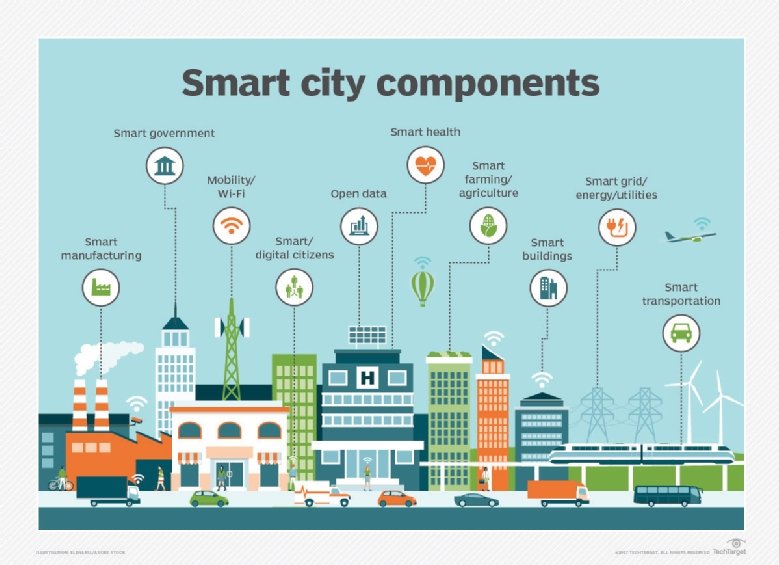|
Virtual reality (VR) technology has emerged as one of the most exciting and transformative advancements in recent years. It offers users a simulated experience that can transport them to entirely new worlds, creating a sense of presence and immersion like never before. As VR continues to evolve and improve, its applications are expanding across various industries, including gaming, education, healthcare, and more. In the realm of gaming, virtual reality has revolutionized the way we interact with digital entertainment. With VR headsets and controllers, players can enter a virtual environment and engage with it through lifelike movements and gestures. This level of realism and interactivity enhances the gaming experience, making it more immersive and engaging than ever. Education is another field that has seen tremendous benefits from VR technology. Traditional teaching methods often rely on textbooks and lectures, which can be abstract and disengaging for students. Virtual reality offers a solution by providing a hands-on and interactive learning experience. Students can explore historical landmarks, dive into the depths of the ocean, or even travel to outer space, all from the comfort of their classroom. This not only makes learning more enjoyable but also improves retention and understanding of complex subjects. The healthcare industry has also embraced virtual reality as a powerful tool. VR simulations are used for training medical professionals, allowing them to practice surgeries and procedures in a safe and controlled environment. This reduces the risk associated with real-life operations while providing valuable hands-on experience. Additionally, VR has proven effective in pain management and mental health treatment, offering immersive experiences that distract patients from discomfort or anxiety, promoting relaxation and healing. Beyond gaming, education, and healthcare, VR has found applications in architecture, engineering, and design. Architects can use virtual reality to create immersive walkthroughs of buildings before they are constructed, allowing clients to visualize spaces and make informed decisions. Engineers can simulate and test complex systems in virtual environments, identifying potential issues and optimizing designs. Designers can create virtual prototypes, enabling them to explore and refine their ideas before moving on to physical production. While virtual reality technology has already made significant strides, there is still much room for growth and innovation. Improvements in hardware, such as higher resolution displays and more natural input methods, will further enhance the realism and immersion of VR experiences. Advances in artificial intelligence and haptic feedback will also contribute to more realistic interactions within virtual environments. In conclusion, virtual reality technology holds immense transformative potential across various industries. From gaming to education, healthcare to design, VR is reshaping the way we interact with digital content and enhancing our overall experiences. As advancements continue, we can expect virtual reality to become an increasingly integral part of our daily lives, opening up new possibilities and unlocking unprecedented opportunities for exploration, learning, and entertainment.  |
